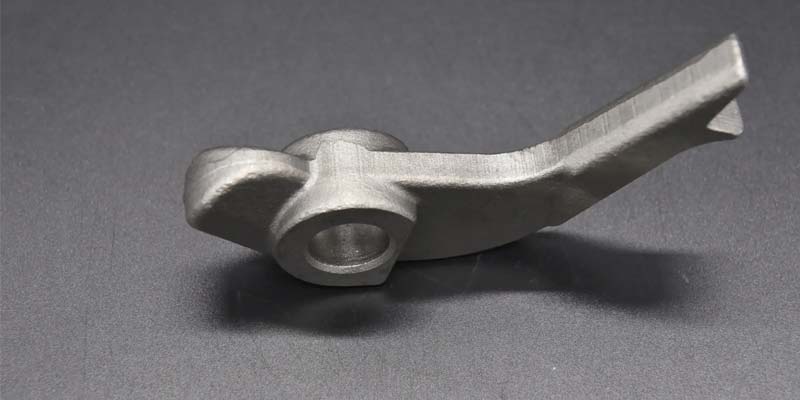- Contact Innally, Let you purchase forgings in China more favorable prices, products more assured!
- Hotline:+(86)15038323776 Email:innally@innally.com
How are artificial joint forgings made?
- Category: Thermal forging, Titanium alloy forging
- |
- Date: 20/11/2023
the manufacture of artificial joint forgings is a precise manufacturing process, which requires precise control and treatment of multiple links. Only through strict manufacturing process and inspection standards, can we produce high-quality artificial joint forgings.
Product Details
Artificial joint forging is a precision forging used to create artificial joints, usually made of materials such as titanium or stainless steel. The manufacture of artificial joint forgings requires a series of precise manufacturing processes, including material preparation, mold design, forging, heat treatment, machining and surface treatment. The following will introduce the manufacturing process of artificial joint forgings in detail.
First, material preparation
The first step in making artificial joint forgings is to prepare the materials. The materials usually used are high strength, corrosion resistant materials such as titanium alloy or stainless steel. These materials need to undergo strict inspection and control to ensure that their quality meets the requirements. In addition, it is also necessary to pretreat the material before heat treatment and mechanical processing, such as rust removal, cutting, etc.

Second, mold design
The second step in the manufacture of artificial joint forgings is to design the mold. Die is a tool used to form forgings, and its design quality and accuracy directly affect the quality and shape of forgings. Therefore, mold design requires experienced engineers and technicians to design according to product requirements and customer needs, while also considering the difficulty of mold processing and manufacturing costs.
Three, forging
The third step in making artificial joint forgings is forging. Forging is the process of forming metal materials at high temperatures, and artificial joint forgings need to be forged several times to form. In the forging process, the temperature, pressure, deformation and other parameters need to be precisely controlled to ensure that the shape and quality of the forging meet the requirements. At the same time, it is also necessary to cool and correct the forging to eliminate the internal stress and improve the accuracy.
- Heat Treatment
The fourth step in the manufacture of artificial joint forgings is heat treatment. Heat treatment is the process of heating and cooling metal materials at high temperatures to change the mechanical properties and microstructure of the material. In the manufacture of artificial joint forgings, it is necessary to carry out a variety of heat treatment processes such as high temperature annealing, solution treatment, aging treatment to adjust the mechanical properties and hardness of the material.
Five, mechanical processing
The fifth step in the manufacture of artificial joint forgings is machining. Machining is the process of cutting, grinding and other treatments of forgings to obtain precision parts of the desired shape and size. In the manufacture of artificial joint forgings, it is necessary to carry out a variety of machining processes such as turning, milling, drilling, etc., in order to obtain high-precision forgings.
Six, surface treatment
The final step in the manufacture of artificial joint forgings is surface treatment. Surface treatment is a treatment process to improve the corrosion resistance and beauty of forgings, including shot blasting, sandblasting, polishing and other processes. In the manufacture of artificial joint forgings, it is necessary to carry out the corresponding surface treatment process to obtain smooth and clean surface quality.
In short, the manufacture of artificial joint forgings is a precise manufacturing process, which requires precise control and treatment of multiple links. Only through strict manufacturing process and inspection standards, can we produce high-quality artificial joint forgings.
nannan
INNALLY mainly provides you with various types of cast and forged parts products. Welcome your inquiries! innally@innally.com
Related Products
Search
Forging center
- Steel forgings
- Aluminium alloy forging
- Titanium alloy forging
- Stainless steel forging
- Copper forging
- Automotive forgings
- Locomotive forging
- Bicycle forgings
- Motorcycle forging
- Rigging and fasteners
- Bearing forging
- Electric power fittings
- Marine forging
- Mechanical forgings for metalworking
- Mining machinery forgings
- Marine engineering forgings
- Construction machinery forgings
Popular product

© 2025. All Rights Reserved.






